How to get rid of Japanese knotweed – experts share advice for tackling this invasive plant
Gardening pros discuss the dangers of having Japanese knotweed in your yard, and what to do if you spot it
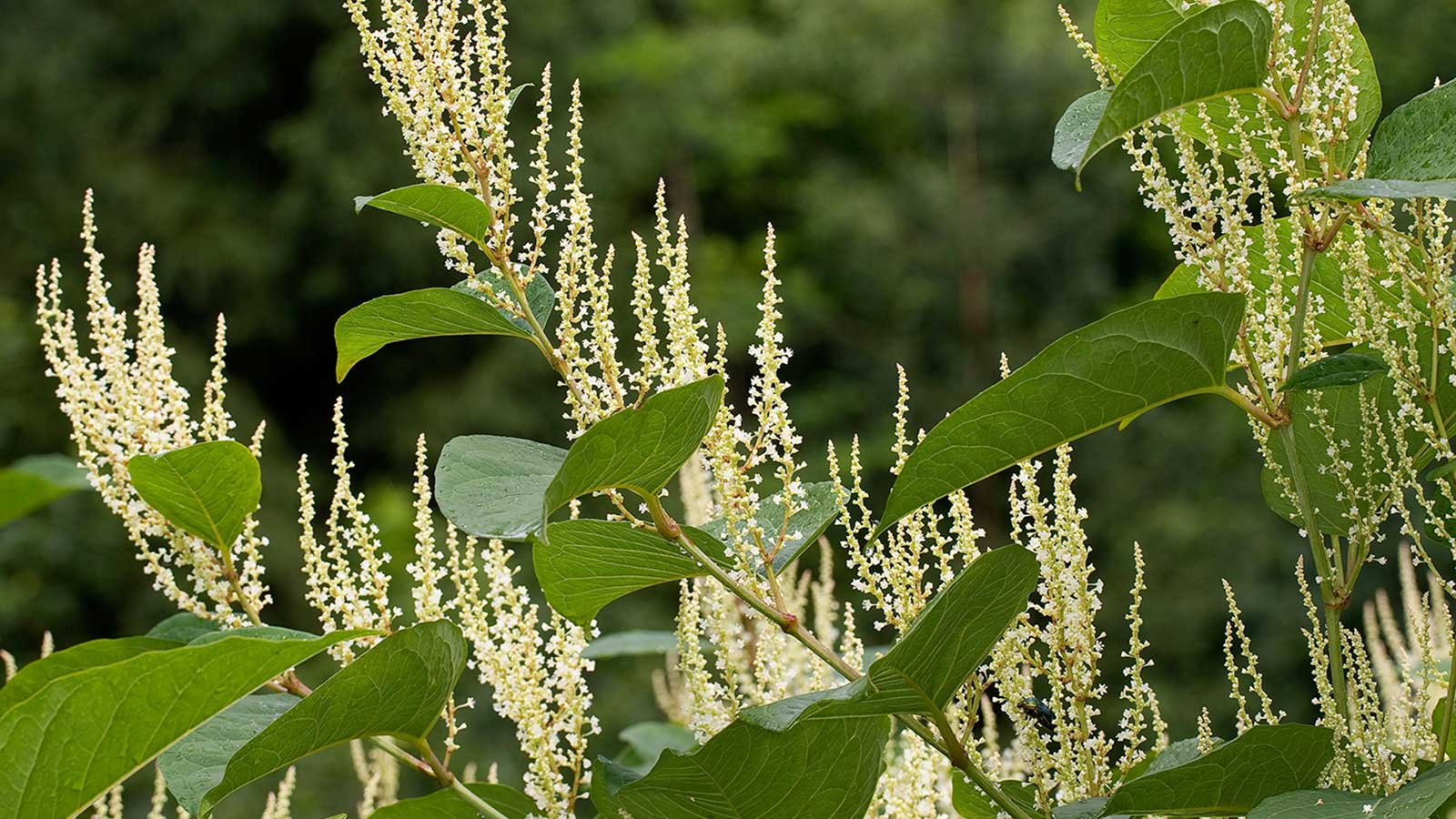

Lola Houlton
Q: I have started clearing a large and overgrown area of my yard and have seen a clump of unfamiliar weeds with white flowers. A friend of mine warned it might be Japanese knotweed – what does this look like and how do I get rid of it?
A: Japanese knotweed, or Fallopia japonica, is a notoriously invasive plant. Originally from East Asia, it has now spread to many areas of the world, including the US, the UK, and parts of Europe. It has purple-flecked canes that can reach over 7ft tall, heart-shaped leaves, and long tassels of creamy-colored flowers in the summer. In the winter, it dies back; though you can spot it by the dead brown canes while it’s dormant. If you’re in any doubt, it's best to take a photo of it and ask a specialist removal firm to identify it.
If it is Japanese knotweed you’re dealing with, you may be tempted to start ripping it out immediately. However, that’s generally not the best course of action, as it can regrow from the tiniest portion of its root system. We chatted with gardening experts who share their advice on getting rid of this weed below.
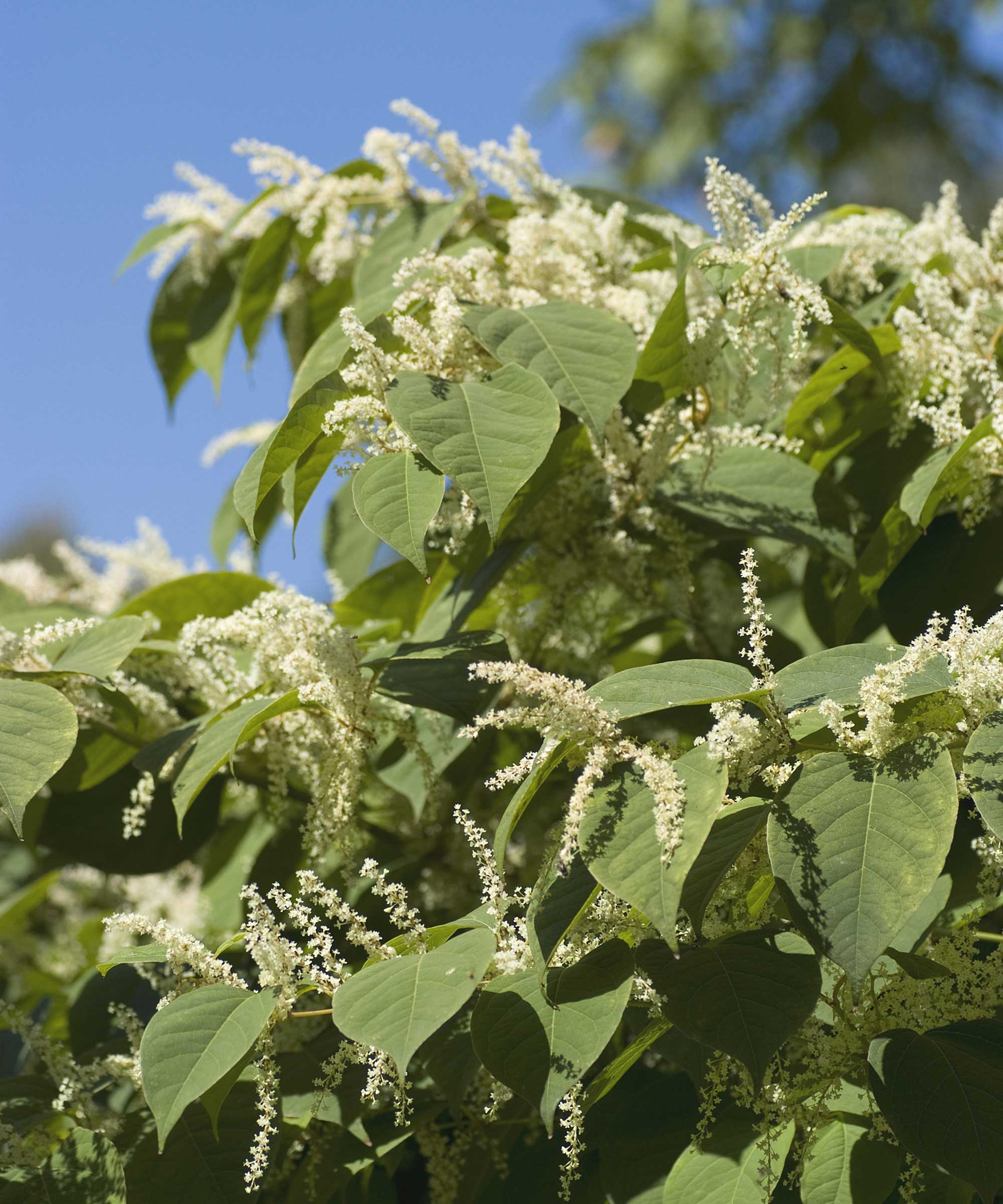
Japanese knotweed is highly invasive
How to get rid of Japanese knotweed – an expert guide
This plant can grow just under four inches a day at its peak, so if you see it in your yard, it’s worth acting fast.
The problem with Japanese knotweed
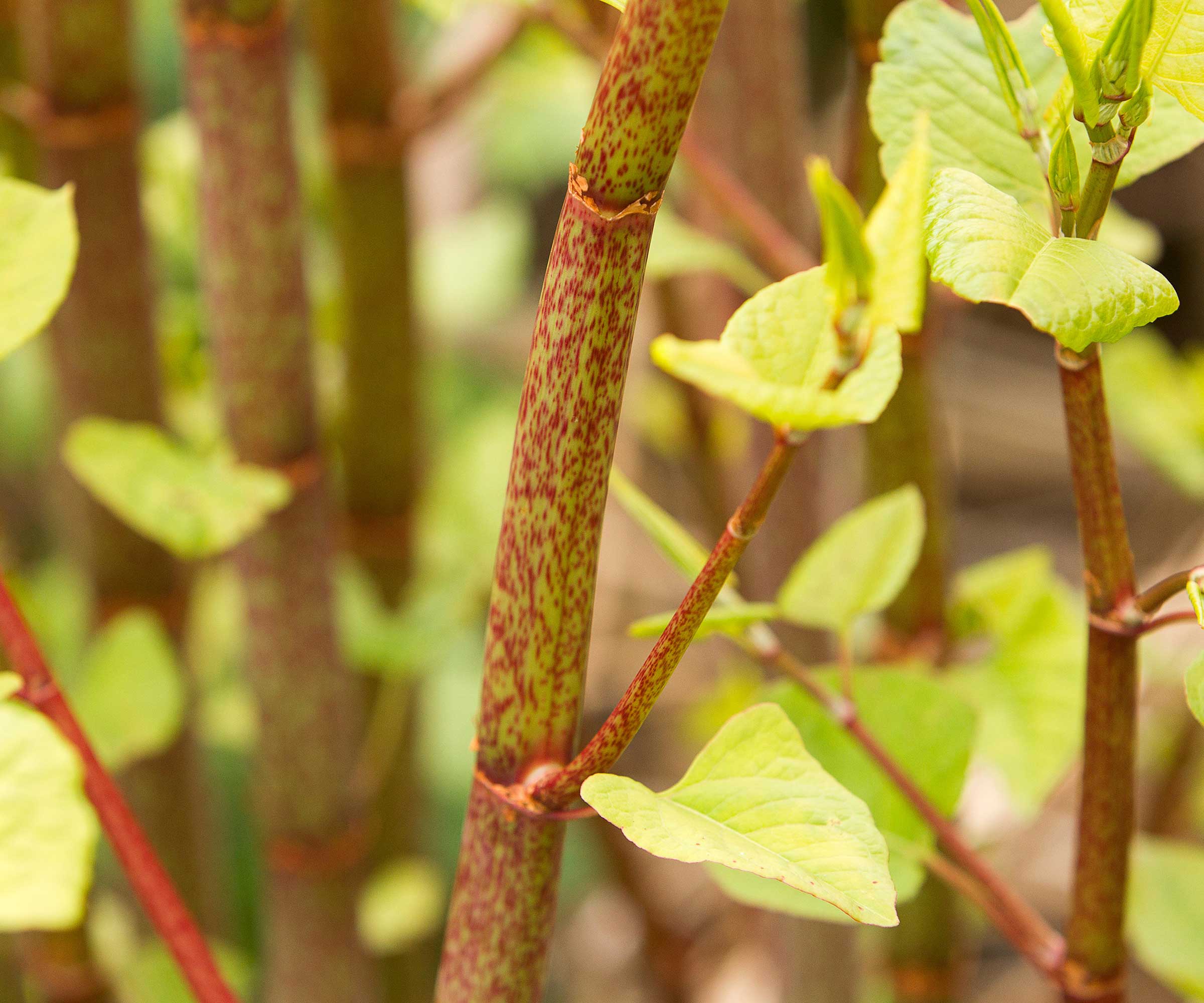
This plant has purple markings on its stems
Japanese knotweed is problematic for two key reasons. First, it poses an environmental issue, as Anna Ohler, owner of Bright Lane Gardens nursery points out. She explains that the dense thickets it forms block sunlight, which prevents native plants from photosynthesizing effectively. Not only this, but it absorbs nutrients and water from the soil, leaving fewer resources available for other plants to thrive.
Ultimately, the aggressive nature of knotweed can lead to the formation of monocultures (where a single species dominates the area), Anna continues. ‘This reduces plant diversity and can lead to the extinction of local flora. The loss of plant diversity affects the entire ecosystem, altering habitats for insects, birds, and other wildlife that depend on a variety of plants for food and shelter.’
Then there are the problems the plant poses to infrastructures, due to its extensive root system. Anna warns that this can penetrate cracks in foundations, causing structural damage, or infiltrate and block pipes, leading to costly repairs. It can also push through pavement, damaging driveways, patios, and other hard surfaces, as well as undermining walls and fences, making them unstable, she adds.
Perhaps unsurprisingly, some regions have specific requirements and laws in place around this pesky plant. For example, Japanese knotweed must be disposed of in licensed landfill sites in the UK, and if you’re selling your UK home, any Japanese knotweed in your plot must be declared. If you spot it in your yard, check which rules apply to your area.
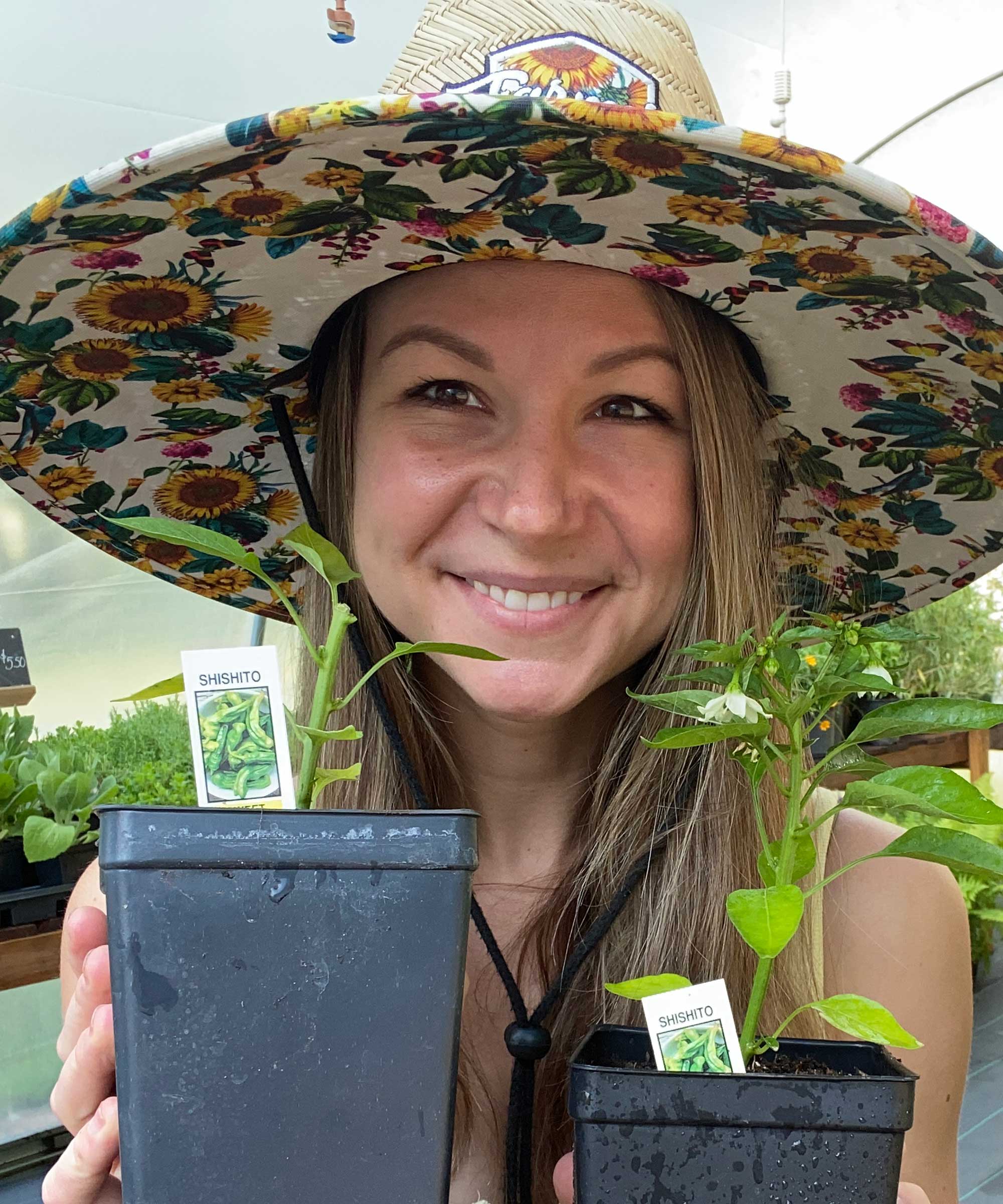
Anna is an avid plant hobbyist and the owner and operator of Bright Lane Gardens, a boutique plant nursery in Northern Michigan. With over a decade of experience in gardening and landscaping, she takes every opportunity to share her knowledge on all things plant-related. She also runs the company's YouTube channel, which is full of practical advice.
What to do if you have Japanese knotweed in your yard

A glyphosate-based herbicide is best to tackle these weeds
Though it can prove costly, the best thing to do is employ a professional firm to take care of the problem for you. They can use an approved herbicide and then dispose of the waste properly, at a licensed site. What’s more, you may be able to ask for a guarantee after the work has been completed as proof that the knotweed problem has been solved, which could be pertinent if you intend to sell your home. Do note that the treatment might have to be repeated for a number of growing seasons. In severe cases, excavating the soil may be necessary.
If you want to try to eradicate it yourself, you’ll need a suitably strong commercial herbicide – a homemade weed killer is unlikely to help. Anna says, ‘Although I am never eager to recommend herbicides, when it comes to eliminating highly invasive species like Japanese knotweed, the pros can outweigh the cons.’
Mark Marino of Lawn Phix says glyphosate-based herbicides, such as Roundup, are highly effective. ‘Apply in early spring and early fall for best results,' he recommends. You can shop Roundup’s Ready-To-Use Weed & Grass Killer III from Amazon.
Remember to wear protective clothing, keep children and pets well away, and apply the weed killer following the instructions on the label, avoiding spraying any of it onto other plants. According to gardening expert Tony O’Neill, it may require multiple applications over several seasons to completely eradicate the plant.
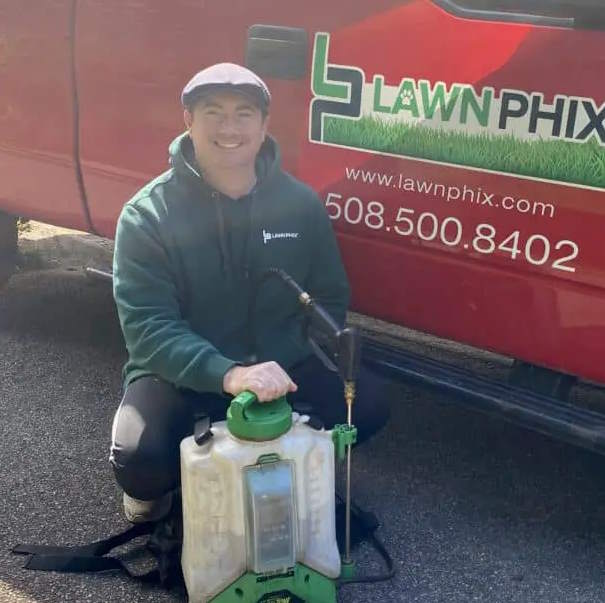
Mark Marino owns and operates Lawn Phix, a turf nutrition and weed control company in Bellingham, MA. He is a licensed and insured applicator in the state of Massachusetts with over a decade of lawn care experience and first-hand knowledge of Japanese knotweed.
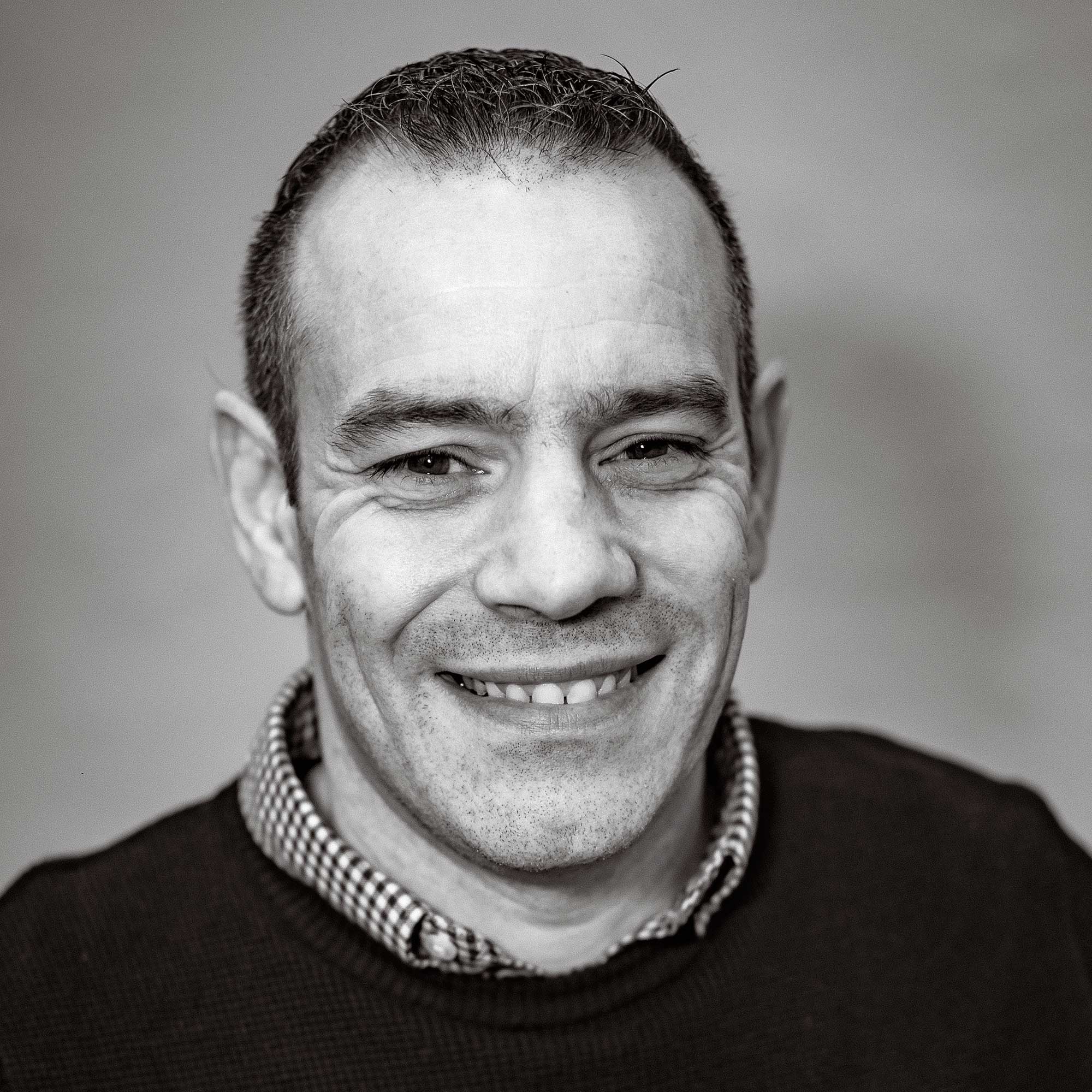
Tony O'Neill is a gardening expert, best-selling author, and educator. With a thriving YouTube channel boasting 434,000 subscribers and over 1.4 million monthly views, along with his award-winning website Simplifygardening.com, he shares his passion for gardening and sustainability. He has authored Simplify Vegetable Gardening, Composting Masterclass, and Your First Vegetable Garden, empowering individuals to cultivate their own green spaces.
How to get rid of Japanese knotweed without chemicals

You can try to smother this weed instead of using chemicals
If you would prefer to try a natural approach, Anna says you can use thick, durable materials such as tarps or geotextile fabric to cover the area where the knotweed is growing. ‘This blocks sunlight and starves the plant.’ This heavy-duty weed barrier fabric from Amazon is well-rated by customers.
Alternatively, you could try placing clear plastic sheeting (also available from Amazon) over the knotweed-infested area during the hottest part of the year. ‘The heat generated under the plastic can kill the plant.’ Note that natural methods require persistence and routine efforts to be effective, she adds.
Top tip: Whatever method you use, Anna recommends checking the plant's location at the beginning of each spring so you can track any reemergence of new growth. ‘Early action is helpful when eradicating Japanese knotweed.’
FAQs
What should you do if your neighbor has Japanese knotweed?
Anna says, ‘If your neighbor has Japanese knotweed, it's important to note just how easy (and likely) it is that it will spread to your yard.
‘The best method is communication and education,’ she continues. ‘Come prepared with helpful materials like a brochure from your local conservation district or library.’
Mark says, ‘If they are unwilling to act, consider installing a root barrier along the property line and monitor your yard for any signs of the plant.’ Before you do this, though, it may be worth getting in touch with your local council for advice.
Can you burn Japanese knotweed?
Burning the plant is not advised. It’s easy for fires to get out of control and become dangerous for both you and your neighbors. Plus, it won’t necessarily destroy the roots anyway.
Can you dig up Japanese knotweed yourself?
It is possible to dig the plant up. However, Tony points out that this can be labor-intensive and may require repeated efforts to ensure all roots are removed. What’s more, breaking up the root system and leaving some in the soil can make the problem even worse than when you started.
Remember, too, that you’ll need to dispose of the dug-up plant in the proper and legal way, which may vary depending on your region.
Looking for more weed-control tips? Our guides on how to get rid of poison ivy and how to get rid of dandelions are full of practical advice.
Sign up to the Homes & Gardens newsletter
Design expertise in your inbox – from inspiring decorating ideas and beautiful celebrity homes to practical gardening advice and shopping round-ups.

Holly started writing about gardening five years ago, and she is a regular contributor to Homes & Gardens. She has also written many gardening features for Woman & Home and Real Homes, too. She has previous experience as a professional gardener, where she helped to plant and maintain private gardens. Holly has also looked after allotment plots over the years and loves to grow her own flowers and veggies from seed. In her spare time, she enjoys visiting local gardens, botanical drawing, and tending to her ever-growing collection of houseplants.
- Lola HoultonNews writer
-
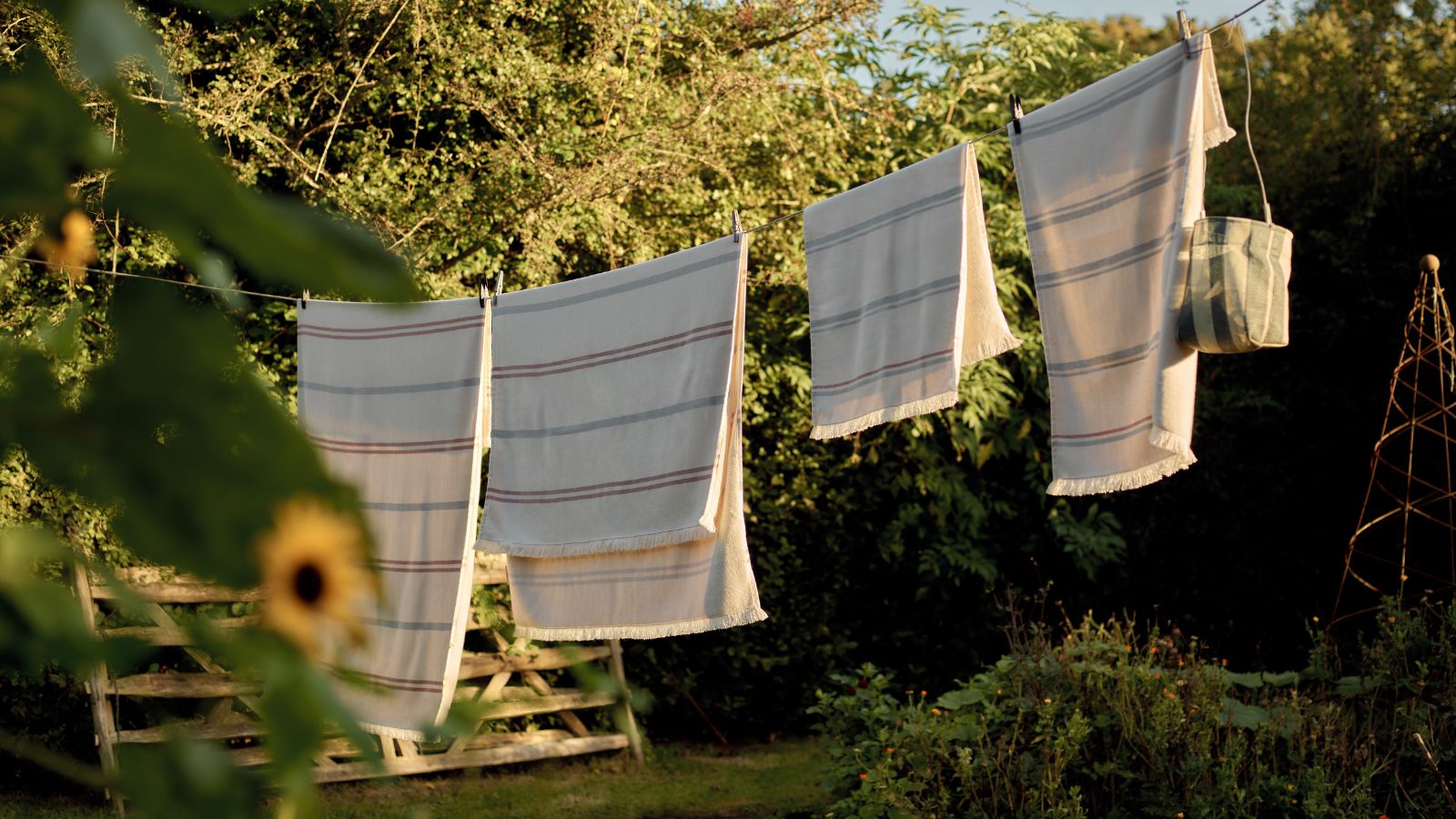 Should you dry your clothes outside if you have hayfever? Allergy specialists warn sufferers to steer clear of this 'major trigger'
Should you dry your clothes outside if you have hayfever? Allergy specialists warn sufferers to steer clear of this 'major trigger'Doing so can trigger asthma, coughing, itchy eyes and more
By Sophie Warren-Smith
-
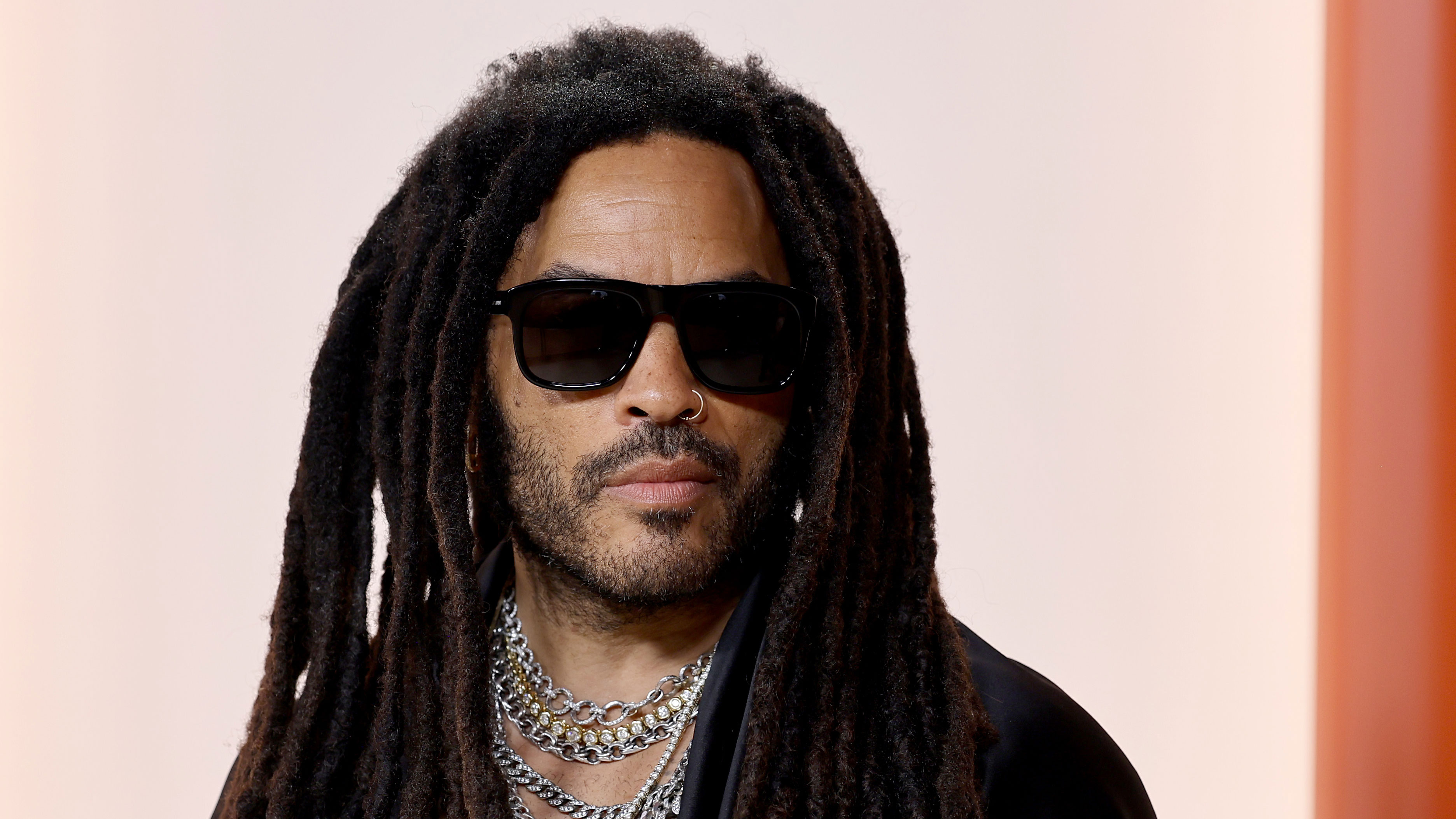 Lenny Kravitz says design is 'just like music' – and the stunning materials of this bedroom embody this laidback luxe approach
Lenny Kravitz says design is 'just like music' – and the stunning materials of this bedroom embody this laidback luxe approachRich textures and opulent finishes come together in a Los Angeles bedroom designed by the musician – it's ultra-chic, but relaxed
By Sophie Edwards